This is the continuation from A Beginner’s Guide to SEO – Part 1, which is the first in the series of blog posts devoted to imparting a beginner-level understanding of SEO.
SEO Ranking Factors
There are certain ranking factors that search engines have made public over time around which a webpage needs to be optimised. In 2006, Google declared that there were over 200 factors that it considered when ranking a webpage. It is not practical to discuss all of these factors and it is unnecessary given that the activity of optimisation can focus on some of the broad categories under which these factors fall. These broad categories, namely on-page optimisation, off-page optimisation, and technical SEO, combine both ranking factors and the relevant optimisation tactics suitable to gain a higher ranking.
We will now discuss each of these in turn, with more focus on on-page optimisation as activities under it fall in a marketer’s domain. Still, we must keep in mind that SEO is a team-based effort that encapsulates various areas, such as web development, marketing research, and content development.
On-Page Optimisation
On-page optimisation aims to make the content on a website discoverable, focusing on both the written words and the website’s source code. This type of optimisation is based on users’ search queries on which the website needs to be ranked. The main ranking factors that form on-page optimisation are:
- Discoverable webpages – the webpages are capable of being crawled and indexed
- Website architecture – which basically refers to the layout of a website—the webpages connected to the homepage and the other webpages connected to these webpages—should have clear structure and organisation. For all of the webpages that connect to the homepage to be crawlable, there should not be more than four links between the homepage and these webpages
- Authority of outbound links – the website links to other websites recognised by the search engine as authoritative sources
- Loading speed of the website – the webpages of the site load fast on all display devices—mobile, tablet, and laptop/desktop
- Adapted to mobile view – the website has been optimised for mobile viewing
- Website security – the website uses HTTPS, which is the encrypted and more secure version of HTTP (hypertext transfer protocol)
- Simple and memorable URLs – URL addresses are simply structured and easy to remember
- Website content is optimised against search queries – the content of the webpages is based on specific user search queries
- Keyword usage – the webpages include keywords from user’s search queries in a balanced way
- Image usage – images are high quality yet load quickly, they carry simple descriptions, and the associated alt attributes make use of keywords
- User experience – the interface of the website, the layout, and the design are user-centred
- Click-through rate – this rate determines the number of times a listing on a SERP is clicked on. To increase click-through rate, the title of the website and the meta description (which are visible on an SERP, with the title on the top and the description below it) need to communicate what the user should expect from a webpage
We will discuss at some length the aspects of the use of URLs, and keyword and image use as they relate to content development from a marketing perspective in the next part of this series, A Beginner’s Guide to SEO – Part 3.
Arslan Ahmed | Staff Writer




